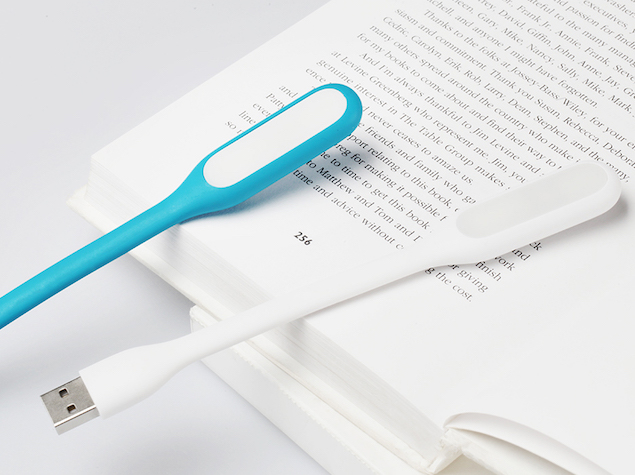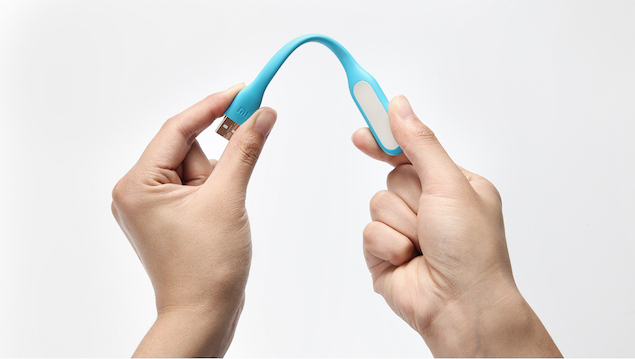Brick-laying robots are not news but this month's spotlight is on a fully automated brick-laying robot, which is quite impressive in what it can do on its own. Mara Fox in PerthNow reported on an engineer in Australia who has invented a robotic bricklayer. The machine is capable of raising the brick shell of a home in two days
"It can work 24 hours, 365 days—compared to the human variety who can put in anywhere from four to six weeks of backbreaking work for a typical home," she said. It can lay 1000 bricks per hour. It has the potential to erect 150 homes a year.
The man behind this invention is Mark Pivac of Fastbrick Robotics. He got his motivation to take this on when working with computer-controlled machinery and witnessing the shortage of Perth bricklayers. That, she said, is when the idea of a bricklaying robot took hold.
Technology innovations may potentially speed up construction and they may cut the cost of construction. "People have been laying bricks for about 6000 years and ever since the industrial revolution, they have tried to automate the bricklaying process," Pivac told PerthNow.
He believes his robot can make a difference. His technology has stepped up to the challenge in the name of "Hadrian." Fastbrick Robotics made use of CAD/CAM systems to achieve its efficiencies.
How it works: His system makes use of a 3D computer-aided design (CAD) laying program of a house or structure. Every brick's location is calculated—Hadrian figures out how each brick needs to be positioned. It cuts bricks to length.
Vaughn Highfield of alphr pointed out on Friday that while this isn't the first bricklaying robot out there, Hadrian is a fully-automated one. Highfield had more details on how it works: "Hadrian doesn't move its base once it starts working. Instead, a 28m articulated telescopic arm allows it to reach over and around the structures it's building. It's worth pointing out that in Australia, it's far more common to have a bungalow, meaning Hadrian doesn't have to tackle the tricky situation of building multi-story dwellings and putting in suspended floors."
Fastbrick Robotics said it had received significant support from government grants and industry parties such as Brickworks, a group of companies centered on clay and concrete products, according to Fox.
The team anticipates a commercial rollout in the future. Hadrian, said PerthNow, "will be commercialized first in WA [Western Australia], then nationally and then globally."














